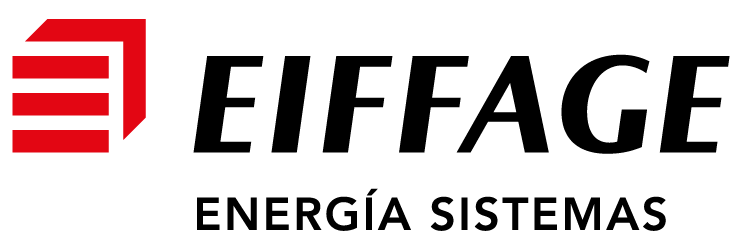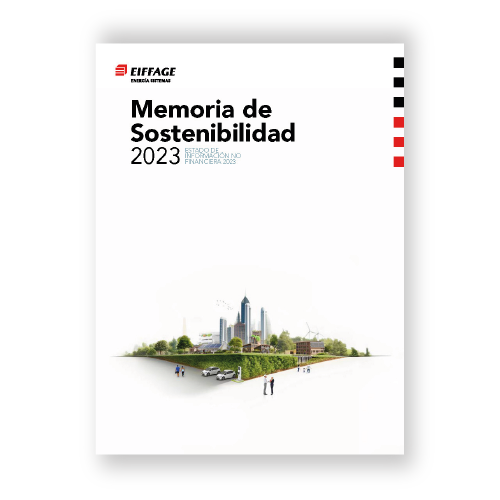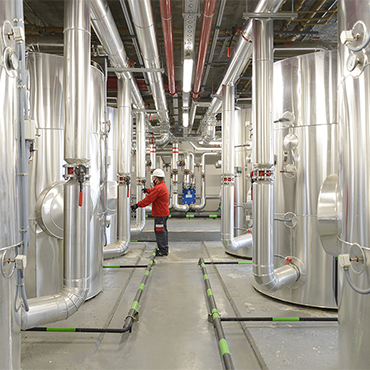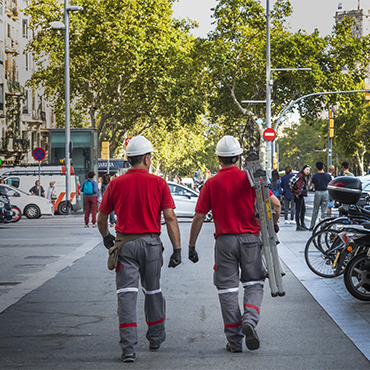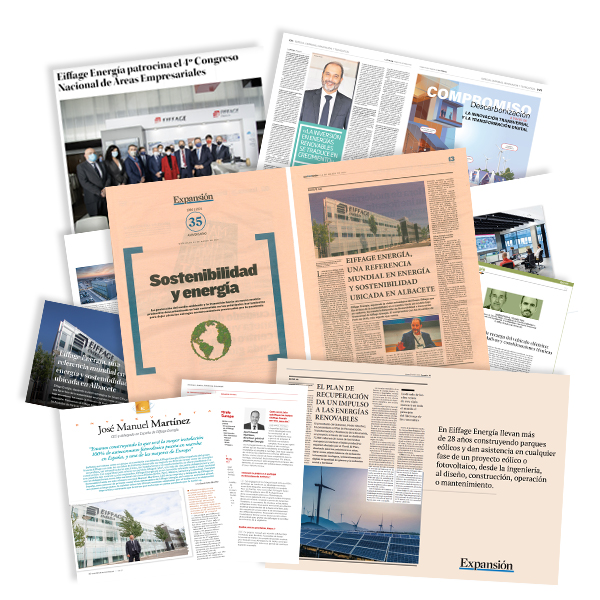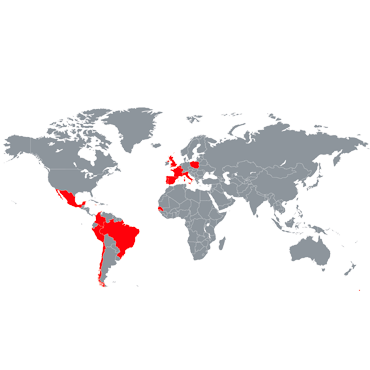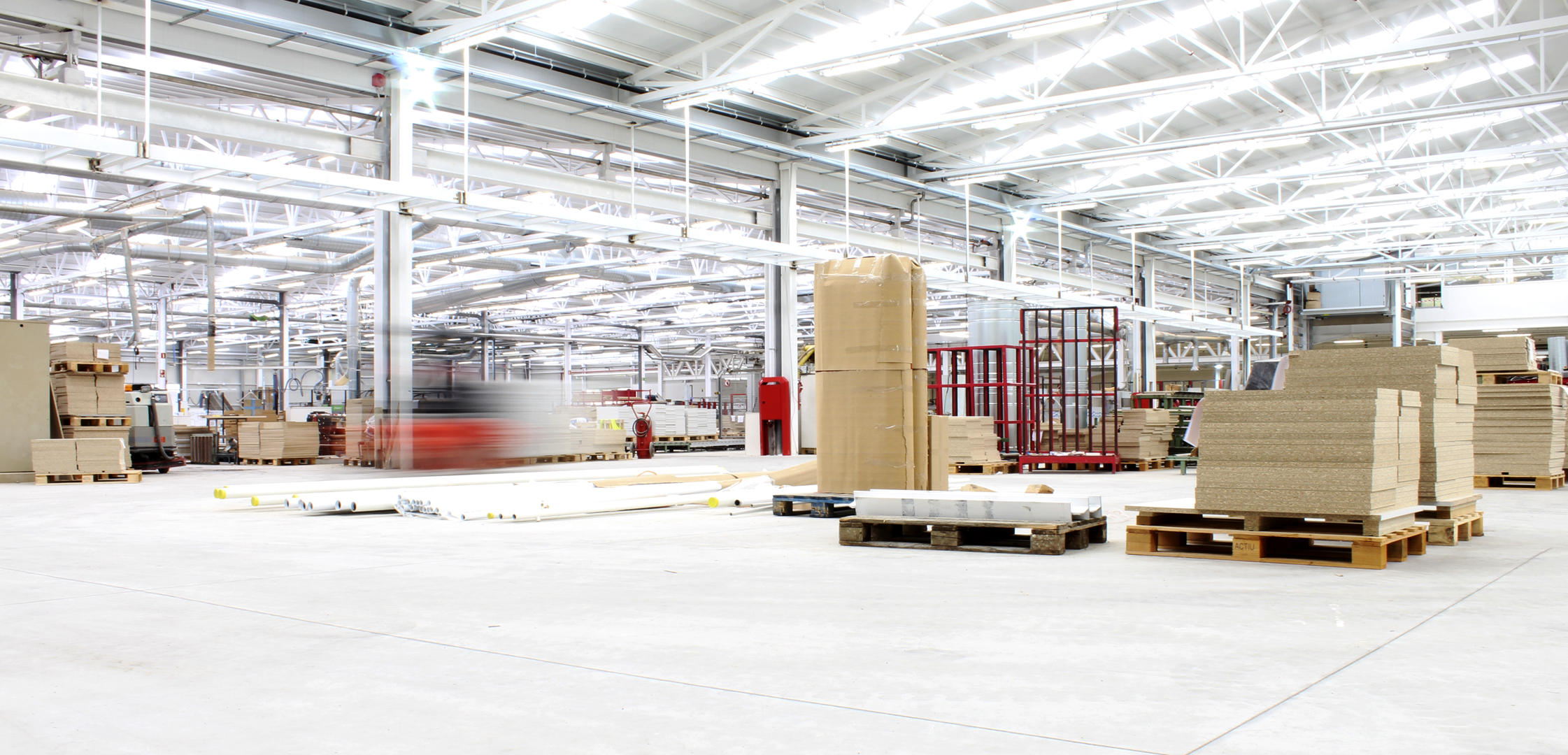Lighting control and energy savings. Our Inelbo subsidiary’s Management and Automation Systems department, SGA Solutions®, installed the lighting control system for the new ACTIU production plant located in Castalla, Alicante. ACTIU, with over 50 years’ experience manufacturing furniture for all types of businesses and present in more than 80 countries worldwide, had already contracted Inelbo to handle several electrical installations. That is why, for its new production plant in Castalla, it placed its trust in our brand SGA Solutions for the installation and commissioning of a lighting control and energy saving system.
Lighting control and energy savings
Energy saving system
For the project, the main standardised communication protocols were used. For example, Modbus, a communications protocol for buildings and industry, and DALI, a communications protocol for lighting. To further optimise and simplify the installation, the DALI2protocol was used. This protocol allows luminaires and detectors to be installed directly to the gateways in the same DALI bus. DALI gateways, designed by SGA Solutions and manufactured by Eiffage Energie Electronique, enable interaction between the two protocols. Finally, for control of the entire lighting system, PLCs from the leading brand in energy management were used, Schneider Electric.
Long-range detectors allow continuous measurement of natural light entering the plant
One of the main innovations of the installation are the long-range detectors. These not only detect presence but also continuously detect the light entering the building in order to regulate the power of the luminaires and achieve greater use of natural light.
Efficient installation
The multi-protocol, SGA Building system enables simple management of all the building’s lighting and makes it possible to create different scenarios for each zone of the facility. In addition, the detectors used allow the luminaires to be configured and their brightness set manually when necessary. Thanks to the different advantages offered by the DALI2 system, an efficient and simplified installation was carried out, without the need to differentiate the wiring of the detectors from that of the luminaires. This saves money and optimises system implementation times.
Commitment to the environment
Sustainability and respect for the environment are two of ACTIU’s core values. The company has several energy efficiency and sustainability certificates for its facilities. Today, it continues to work to reduce CO2 emissions as far as possible and to maximise the energy efficiency of its facilities. Thanks to the work of the Automation and Management department, the installation in the new building will result in energy savings of 30% from increased use of sunlight throughout the building and occupancy detection in the work zones.
